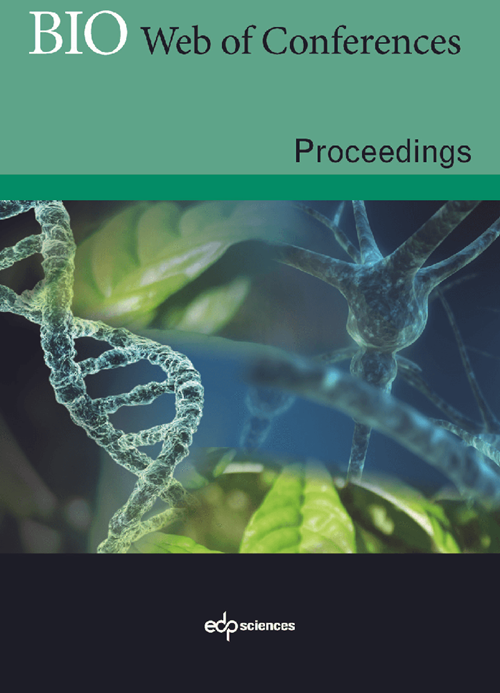This study was conducted to identify potential information channels for disseminating agroforestry innovations at village level in South and Southeast Sulawesi provinces, Indonesia. An information channel is a method of transmitting information in a specific, oneway flow. In this study, an investigation of information channels from sources to users was conducted to understand the dissemination of innovative agroforestry practices. A better understanding of how farmers obtain information will enhance the impacts of any agricultural extension program. The study was conducted through semi-structured interviews with 144 farmers (40% female) from 12 villages in two districts in South Sulawesi Province and two districts in Southeast Sulawesi Province. In each village, 12 respondents from various ethnicities were interviewed. Data collected during the study covered sources of information, type of information channel in disseminating agricultural/agroforestry information, and important disseminators. Results from the study identified four types of information channels, that is, 1) mass media; 2) personal contacts (interpersonal communication) through opinion leaders, extension agents and other reliable contacts, such as family and friends; 3) formal extension services or government programs; and 4) social gatherings, such as weddings and village meetings. Personal contacts (interpersonal communication) were considered the most accessible for farmers. We also found that opinion leaders (who were also expert farmers) and government extension agents were the two major actors for disseminating agroforestry innovations. Interpersonal discussion with the agroforestry disseminators was the most preferred information channel. Formal extension services were considered as the most reliable channel for disseminating agroforestry innovations, however, the services were limited and mostly occurred only in areas with better infrastructure. Providing agroforestry extension services in villages will also enhance women’s access to agricultural information. In areas where language is a barrier, involving farmers as extension agents is recommended.
DOI:
https://doi.org/10.5716/WP16034.PDF
Altmetric score:
Dimensions Citation Count:
























